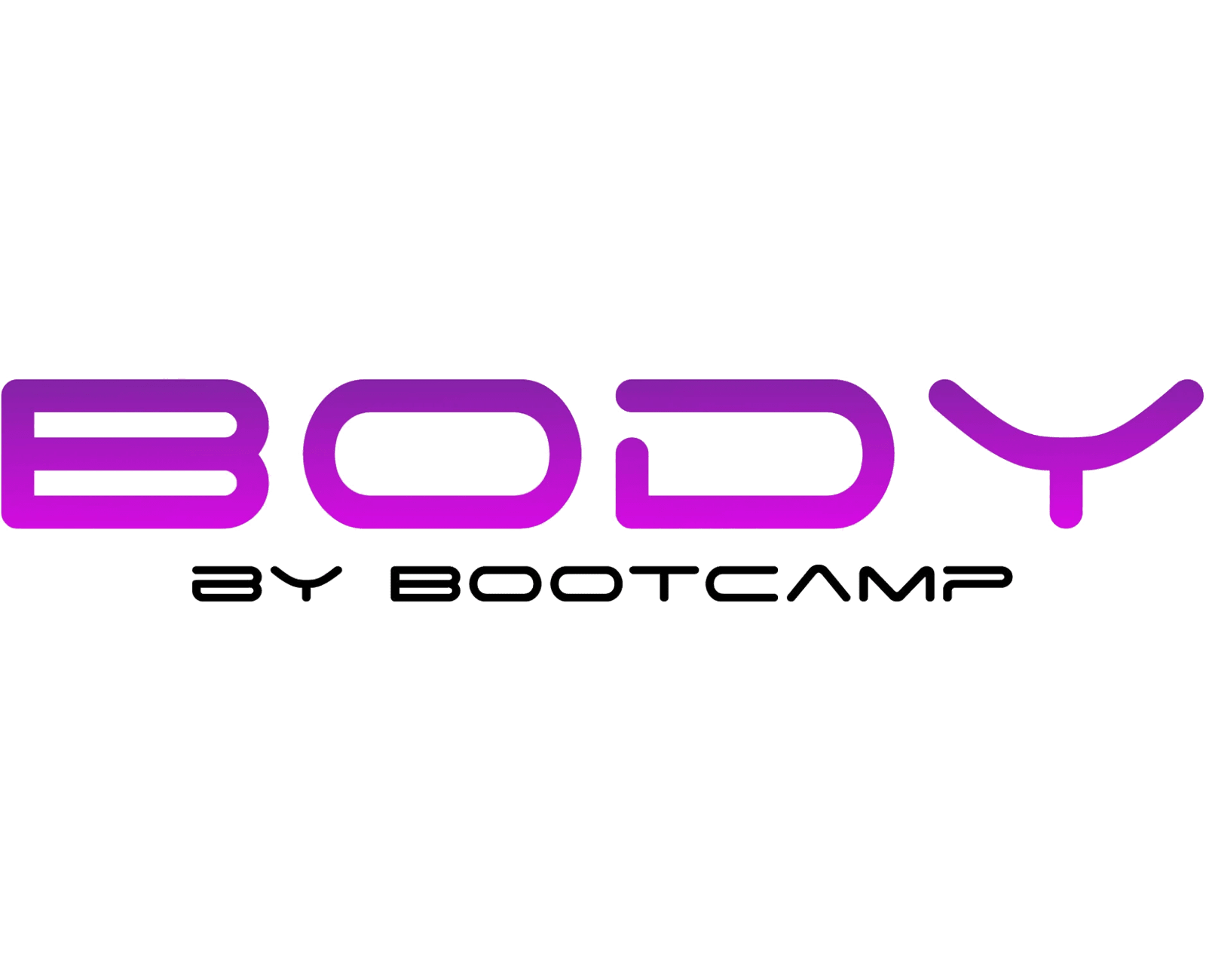The Science Behind High-Intensity Interval Training (HIIT)

High-Intensity Interval Training (HIIT) has taken the fitness world by storm, and for good reason. This workout method, characterized by short bursts of intense exercise followed by brief recovery periods, is scientifically proven to improve cardiovascular health, boost metabolism, and enhance overall fitness. But what exactly makes HIIT so effective? Let’s dive into the science behind HIIT and how it impacts your body.
What is HIIT?
HIIT is a form of cardiovascular exercise that alternates between high-intensity movements and low-intensity recovery. A typical HIIT session might look like this:
- 30 seconds of sprinting
- 1 minute of walking
- Repeat for 15–30 minutes
The combination of intense exertion and recovery periods maximizes calorie burn and improves endurance in a shorter time compared to traditional steady-state cardio.
The Science of HIIT and Your Body
1. HIIT and Fat Loss
One of the biggest benefits of HIIT is its ability to burn fat efficiently. Studies show that HIIT increases excess post-exercise oxygen consumption (EPOC), meaning your body continues to burn calories long after your workout ends. This is commonly referred to as the afterburn effect.
A study published in the Journal of Obesity found that participants who engaged in HIIT burned significantly more fat than those performing steady-state cardio. Additionally, HIIT has been shown to reduce visceral fat—the harmful fat stored around organs.
2. HIIT and Heart Health
HIIT improves cardiovascular health by pushing your heart rate to near-maximal levels during the intense intervals. This strengthens the heart and increases VO₂ max (the maximum amount of oxygen your body can utilize during exercise), a key indicator of cardiovascular fitness.
Research published in the American Journal of Physiology found that just 15 minutes of HIIT, three times a week, can improve heart function as effectively as 60 minutes of moderate-intensity exercise.
3. HIIT and Muscle Growth
While HIIT is primarily known for fat burning, it also plays a role in muscle development. Exercises like jump squats, burpees, and kettlebell swings engage fast-twitch muscle fibers, which are responsible for strength and power.
A study in The Journal of Strength and Conditioning Research concluded that HIIT, when combined with resistance training, enhances muscle growth while preserving lean muscle mass.
4. HIIT and Longevity
Can HIIT help you live longer? Research suggests it can. A study from The Mayo Clinic found that HIIT can slow down cellular aging by improving mitochondrial function—the powerhouse of your cells. This means HIIT doesn’t just make you fitter; it could also help increase lifespan.
5. HIIT and Mental Health
HIIT isn’t just good for the body; it’s also beneficial for mental health. High-intensity workouts trigger the release of endorphins and brain-derived neurotrophic factor (BDNF), which help reduce stress, anxiety, and depression.
A 2020 study in Psychiatry Research found that individuals who performed HIIT regularly experienced significant improvements in mood and cognitive function.
How to Incorporate HIIT into Your Routine
If you’re new to HIIT, start with short, simple workouts and gradually increase intensity. Here’s a beginner-friendly HIIT routine:
- Jump Squats – 30 seconds
- Push-ups – 30 seconds
- High Knees – 30 seconds
- Rest – 30 seconds
(Repeat for 3–4 rounds)
For experienced individuals, adding weights, increasing duration, or shortening rest periods can enhance the challenge.
Conclusion
The science behind HIIT is clear: it’s one of the most efficient and effective ways to improve fitness, heart health, and overall well-being. Whether you’re looking to burn fat, build muscle, boost endurance, or enhance mental health, HIIT delivers powerful results in a short amount of time.
So why not give it a try? A few minutes of HIIT today can lead to long-term benefits for your body and mind.
Contact Me
Ask any question!
